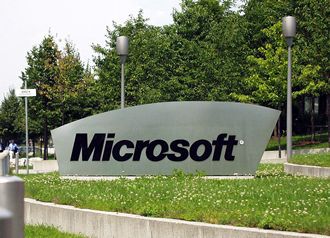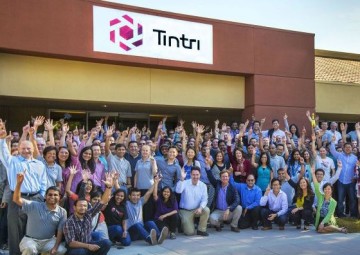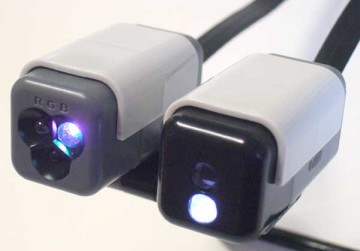 Software king of the world Microsoft is in hot water after an iFixit report said that its Surface Pro was impossible to fix.
Software king of the world Microsoft is in hot water after an iFixit report said that its Surface Pro was impossible to fix.
A tear-down of the product showed that since most of it was glued down it would be impossible to even change the battery without scrapping the entire computer.
The review said: “The Surface Laptop is not a laptop. It’s a glue-filled monstrosity. There is nothing about it that is upgradable or long-lasting, and it literally can’t be opened without destroying it. Show us the procedure, Microsoft, we’d love to be wrong.”
However, Microsoft has hit back, saying its Surface products are “intended to be serviced by professionals” after being criticised for making its Surface Laptop difficult to take apart for repairs.
After using a variety of tools to prise open the case, iFixit then used an “ultra-dangerous” heat gun to burn the keyboard casing off the chassis, melting several keys in the process.
“As is the case with many products, Surface is built by professionals and is intended to be serviced by professionals,” a Vole representative said.



















